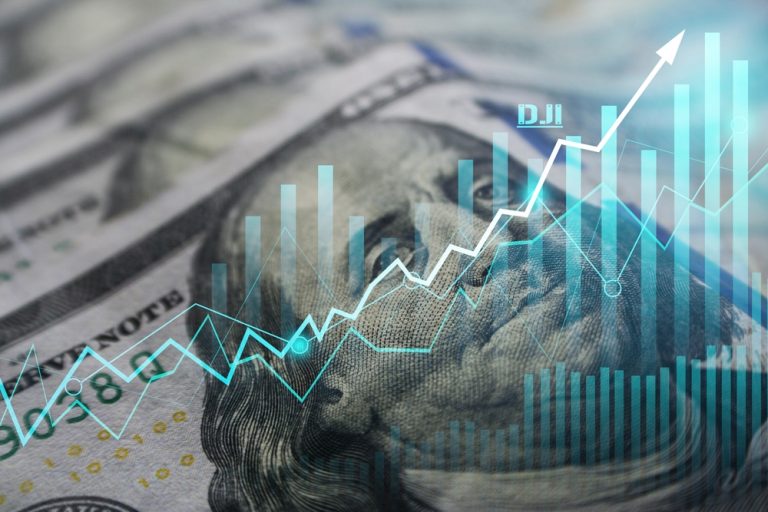U.S. Currency Faces Steepest Fall in Decades
Despite a wave of new trade agreements, the U.S. dollar is down more than 10% this year, marking its worst first-half performance since 1973. The slump is reigniting fears of de-dollarization, as global investors begin to scale back their reliance on the greenback amid growing fiscal and political uncertainty in the United States.
This trend, if it continues, could undermine both the dollar’s dominance in global trade and U.S. equity valuations. Investors and policymakers alike are closely watching the shifts, with market veteran Mohamed El-Erian warning of a potential “Jimmy Carter moment” — referencing the stagflation era of the 1970s.
Global Markets Begin to Shift Away
El-Erian, president of Queen’s College at Cambridge and former PIMCO CEO, told Axios that “policy-induced uncertainty” is the root cause of the dollar’s decline. Persistent debt ceiling battles, erratic rate expectations, and deficit spending have triggered a slow but notable drift away from dollar-denominated assets.
Although there is currently no viable alternative to the dollar in global trade and finance, countries and institutional investors are gradually reducing their exposure. This incremental move toward diversification could have long-term implications for the U.S. economy and stock markets.
Implications for Yield Curve and Borrowing
A weakening dollar can steepen the yield curve, translating to higher borrowing costs for corporations and consumers. More importantly, if global investors reduce exposure to dollar-based assets, including U.S. stocks and bonds, it could create a broad headwind for financial markets.
While some market participants remain optimistic, Vanguard’s latest research note warns that the current drop is a warning sign. The firm emphasizes that “global diversification” should be a core strategy as U.S. equity valuations remain stretched and international markets offer comparatively better returns.
Dollar Valuation Near Fair Value
Vanguard points out that the dollar’s recent decline follows a three-year bull run and may have returned to “fair value.” The outlook includes mixed signals — trade deals and strong productivity may support the dollar in the short term, while long-term interest rates provide structural strength.
Still, uncertainty over U.S. fiscal policy, political volatility, and rising debt levels could hinder a strong recovery. With these headwinds in place, investors are increasingly focused on strategies that reduce geographic concentration risk.


